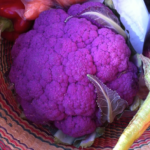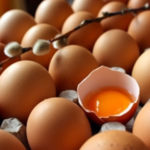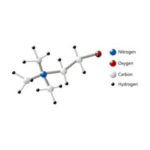By Ben Fuchs | Pharmacist Ben
On the TV show Star Trek, when the starship Enterprise makes the jump from regular cruising to warp speed there’s a momentary jolt as the spaceship leaps to the higher, faster-than-light velocity. This type of bumpy ride is a boundary phenomenon and is always experienced as changes occur from one condition to another. Changes, after all, are never easy! This bumpy boundary “change” that occurs as one speed is changing to the next can be thought of as a type of membrane which is in essence an adjustment from one type of substance to another. Scientists call these substances “phases” and they refer to the change that occurs from one phase to another as a “phase shift”. Phase shifts can be thought of as transformations and anytime there is a transformation there is going to be a period of adjustment, hence the bump. And, that phase shift/ period of adjustment is chemically represented by what is referred to as the membrane.
 This transition from the watery milieu inside a cell through the oily cell covering and into the outer cellular environment is regulated and facilitated by the chemical components of the membrane. And, of these chemical components, which include fats and proteins, none is more important than choline, a molecule that can have BOTH watery and fatty properties. This ambidextrous nature makes choline an ideal molecule for the membrane transition area.
This transition from the watery milieu inside a cell through the oily cell covering and into the outer cellular environment is regulated and facilitated by the chemical components of the membrane. And, of these chemical components, which include fats and proteins, none is more important than choline, a molecule that can have BOTH watery and fatty properties. This ambidextrous nature makes choline an ideal molecule for the membrane transition area.
Choline thus acts like a stabilizing force that allows the membrane to segregate the inside world of a cell from the outside environment it’s sitting in. In this way choline can be considered to be a converting chemical that can connect and transform the energetics, the energy activity of water molecules which have has a particular type of structural pattern (scientists call it polar) to the energy activity of oil which from a molecular standpoint is more like an unstructured straight line (scientists call it non-polar).
Although choline intake is considered to be far below the adequate levels established by the Institute of Medicine, a non-profit health and nutrition think tank, choline is available in lots of foods. Fatty fish, beans, peanuts and organ meats especially liver (always a great source of nutrients) are good sources. Collard greens, broccoli and Brussels sprouts are also rich in choline. Lecithin is one of the best sources; it’s largely composed of choline and choline derivatives. And of course choline is available as a nutritional supplement. There’s no RDA dose for choline, it wasn’t even recognized as an essential must-have nutrient until 1998, but 200 to 500mg is probably a good minimum daily dose.














